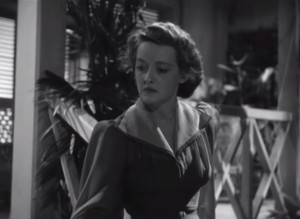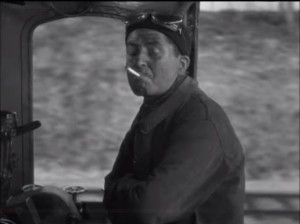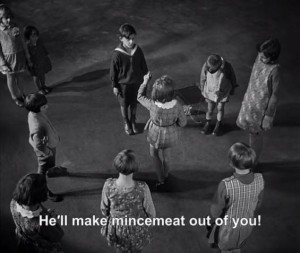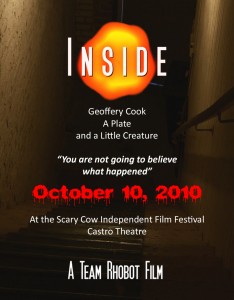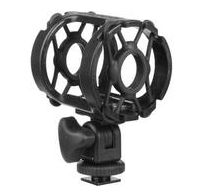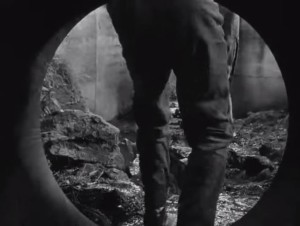 I have been enjoying the Film Noir course that TCM has set up and will be making some posts here to help me remember what I am learning.
I have been enjoying the Film Noir course that TCM has set up and will be making some posts here to help me remember what I am learning.
Delmer Daves’ Dark Passage is the fourth of the Daily Dose clips that was posted to illustrate the kinds of films that led to the Film Noir style.
Delmer Daves’ Dark Passage
This is what Richard Edwards at TCM had to say about this film:
As we finish up our first batch of Daily Doses, you don’t get a much better and more innovative opening sequence than in Delmer Daves’ 1947 film Dark Passage.
Film noir and cinematic experimentation go hand in hand. This amazing four-minute sequence uses a first person point of view (POV) to literally put the camera where Humphrey Bogart’s head should be.
We see Bogart’s (Vincent Parry) escape from San Quentin prison literally “through his own eyes.”
This necessitates a great deal of craft and ingenuity from Daves and the rest of his filmmaking crew. First person POV allows you to feel like you are tumbling down a hill inside a barrel; you are clawing your way back to the highway; you are throwing a punch.
But in the end, even though these experiments were not often repeated in other films, these techniques are not just gimmicks in a film noir.
The best films noir get inside our heads, just like we get inside Bogie’s head for a portion of the film here.
Rather than being an innocent bystander, Dark Passage‘s experimental opening makes us much more complicit in this film than we might have expected or wanted.
